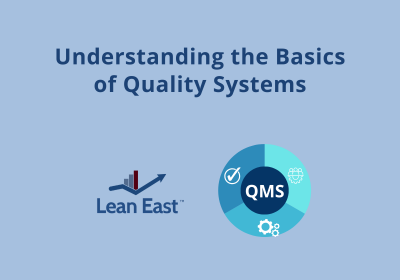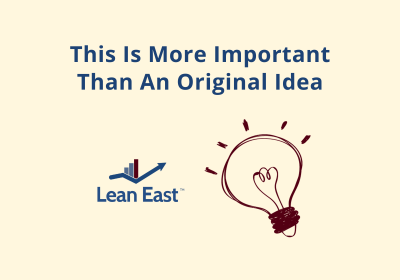Organizational improvement is becoming more and more important every year as the pace of change in technology, consumers, and competitors is accelerating. Twenty years ago, companies didn’t have websites since people were still sending email on their dial-up modems. Google search engines also didn’t exist. It is just ten years ago that Apple introduced the iPhone.
Remember when we rented movies from stores instead of streaming them? It is becoming rare for me to visit a store anymore now that I can read product reviews online. Then, I can order with one click from my phone and have the item at my door in two days for free. I am learning to adapt, but my children are growing up in a world where they expect instant gratification. Any item or information they want, they can now ask their smartphone to deliver.
| “The pace of change is only going to get faster!” |
Drivers of Change:
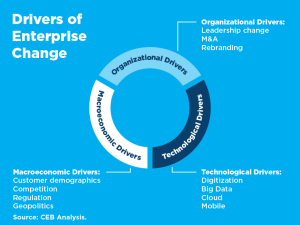
The drivers of change can be segmented into organizational drivers, macroeconomic drivers, and technological drivers. The rate of change for each of these drivers is accelerating in most industries. It should be no surprise then that a recent survey of organizations found that 73% of organizations expect more change initiatives in the next few years. On the other hand, only a small minority expects the pace of change to decelerate.
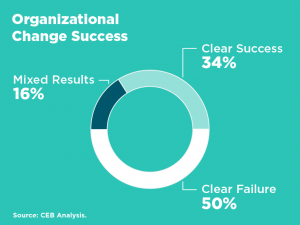
Despite the obvious and pressing need for organizations to become more adept at change (improve their rate of improvement), the same survey found that half of all change initiatives ended in a clear failure. Only about one-in-three initiatives resulted in a clear success. One thing worse than not changing at all is having your change initiatives, consumer time, and resources, but fail. Yet, two-thirds of the time this is exactly what is happening.
|
“If your competitors are improving faster than you, you are getting worse.” |
Three Actions:
So, what does help improve the pace of change and the likelihood of success? Here are three actions we recommend for accelerating change and achieving organizational improvement:
- Have employees drive the change
- Ask employees to suggest the improvements
- Develop the skills and knowledge of your employees
-
Have employees drive the change:
In our work supporting organizational improvement initiatives, one thing is clear, people don’t hate change, but employees hate being changed. One factor the study found that increased the success rate for improvement plans was having the employees primarily own the change. As a result, employee ownership showed a large improvement in the rate of success versus when managers owned the change. Likewise, having top leaders own the change makes the initiative most likely to fail.
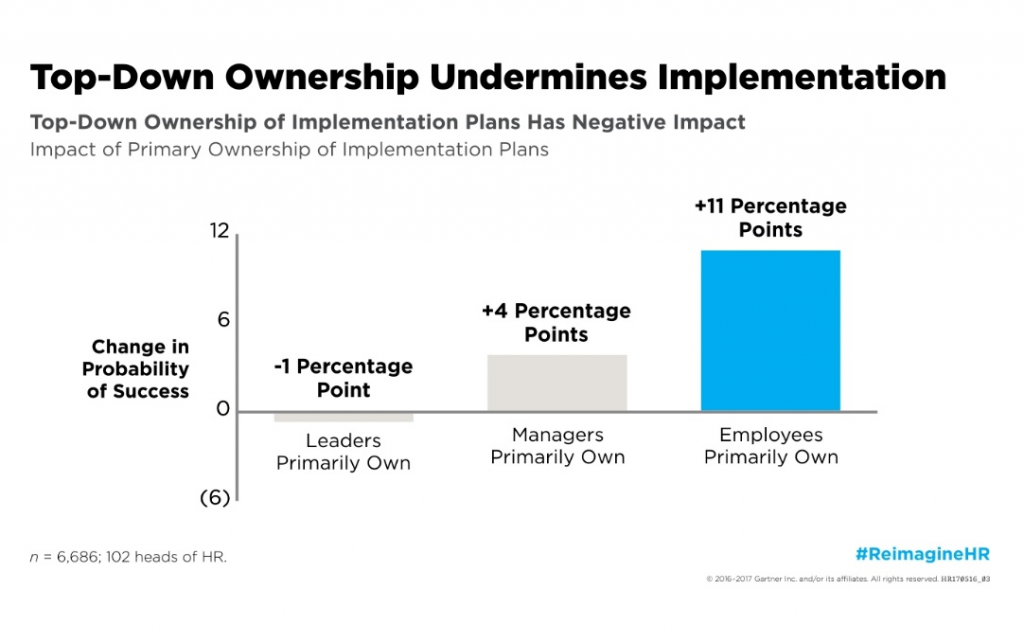
| “People don’t hate change, but employees hate being changed.” |
2. Ask employees to suggest the improvements:
Authors Alan G. Robinson and Dean M. Schroeder share the results of their multi-year, global study of some of the best idea systems in the world in their book, The Idea-Driven Organization. They identify four primary channels for ideas in organizations:
- innovative ideas, which generally need to be handled differently from improvements,
- high-level problems and opportunities that only top management can address,
- mid-level issues related to processes and systems, and
- smaller problems and opportunities that are seen predominately at the front-line level.
Most organizations struggle to identify and deal with the mid-level and smaller problems that are primarily bottom-up ideas suggested by the front-line staff. Their research found examples of successful organizations that developed methods of capitalizing on these ideas while also implementing the changes. The value to the organization of these many smaller changes dwarfs the larger initiative. And no, none of these organizations are using suggestion boxes!
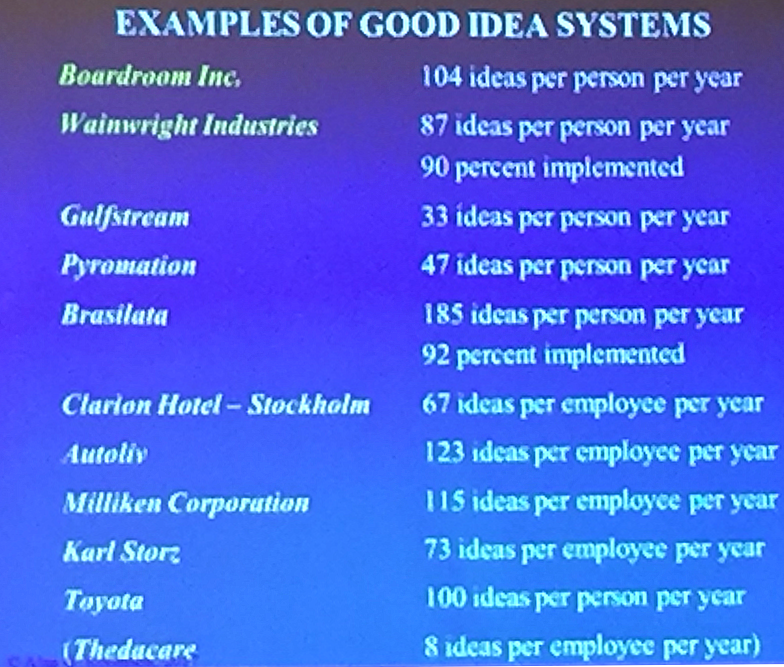
3. Develop the skills and knowledge of your employees:
If we recommend you ask your front-line employees to suggest the improvement ideas and have them drive the change, then you need to ensure that they have time allocated to learning and testing their ideas. This is where Lean East and Lean Healthcare East can help. We are experienced and proven experts in Lean Six Sigma and process improvement methodologies. Each member of the team has over a decade of experience leading change. At Lean East, we provide training and coaching in continuous improvement and also have a results-driven project plan that focuses the team on achieving credible goals. We also teach employees proven continuous improvement tools and then we coach them to assure they use the tools properly.

Lean Thinking
Our team has supported change initiatives in many organizations. We have also helped teams and leaders learn “Lean thinking” to improve their processes. We believe the teams that improve faster than their competition will be the ones that succeed in this next decade. Check out a few of our earlier posts about change, including Smarter, Faster, Better and How to Change When Change is Hard for more tips.
Take the first step in accelerating your change by contacting us for a free consultation about designing and instituting an idea system in your organization. We can’t wait to help you in accelerating change and achieving organizational improvement!

